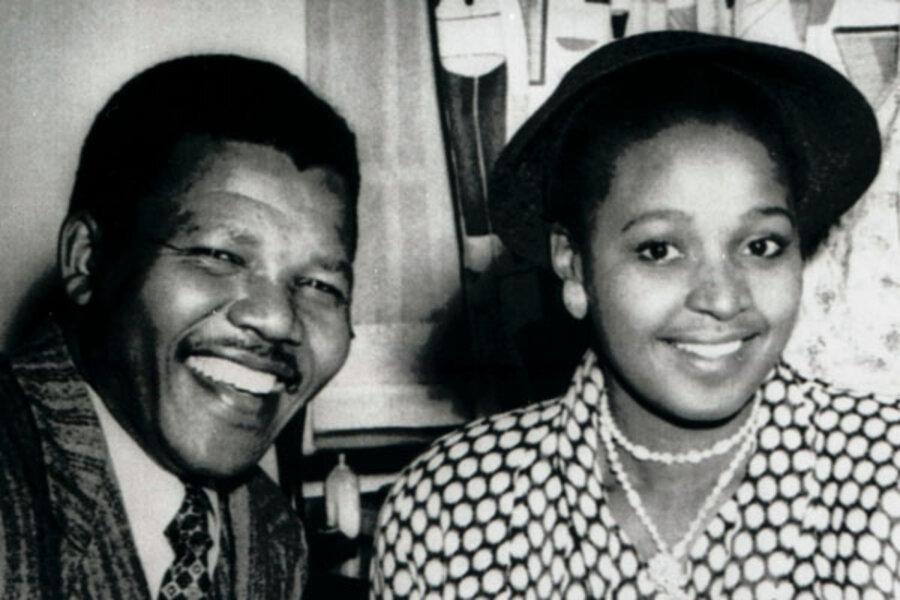1958: He meets and marries Winnie Madikizela, a social worker and ANC activist.
1960: In Sharpeville township, 69 people are killed while protesting apartheid “pass laws” that restrict the movement of black Africans. A state of emergency is declared; the ANC is banned. The Sharpeville massacre convinces Mandela to abandon his position of non-violence.
1961: Mandela forms the ANC’s underground military wing, "Spear of the Nation," and goes underground. He becomes known as “the Black Pimpernel.”
1962: He seeks training in guerrilla warfare abroad, spending time in Algeria. Upon his return he is arrested and sentenced to five years in prison.
1963: While serving his sentence, Mandela and nine others are tried for sabotage and terrorism, in what is known as the Rivonia trial. The following year, they are jailed for life and sent to Robben Island.






